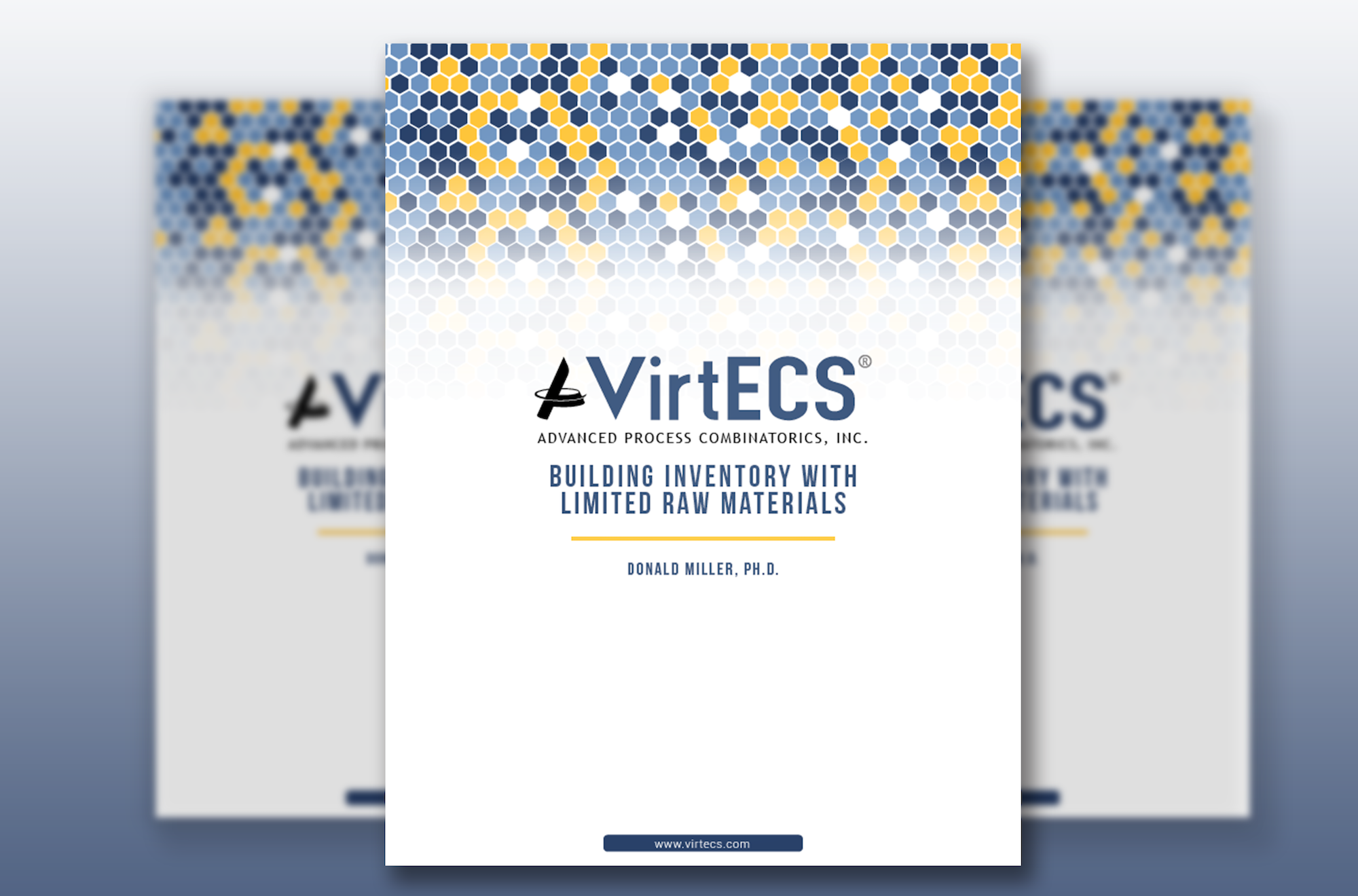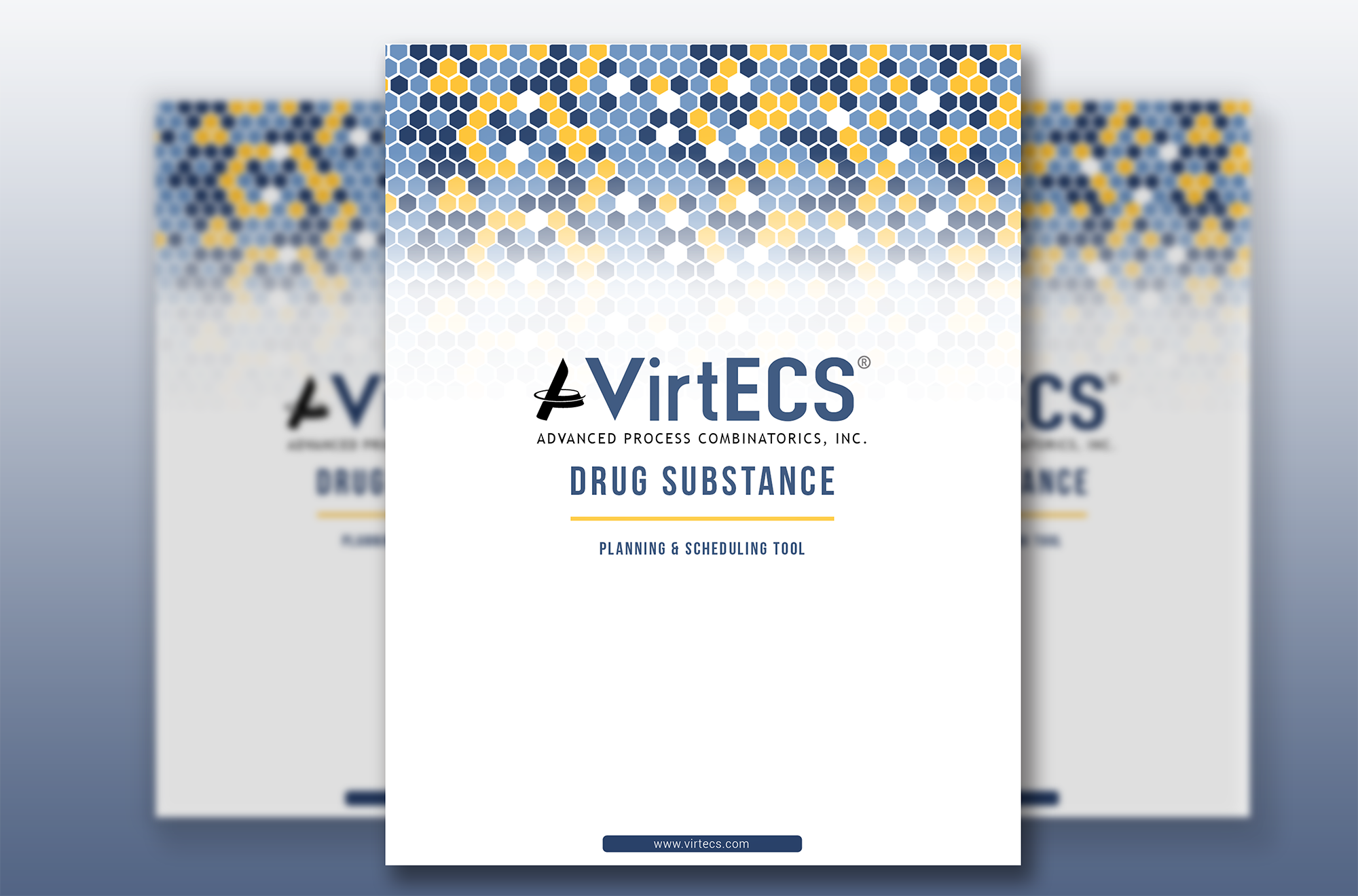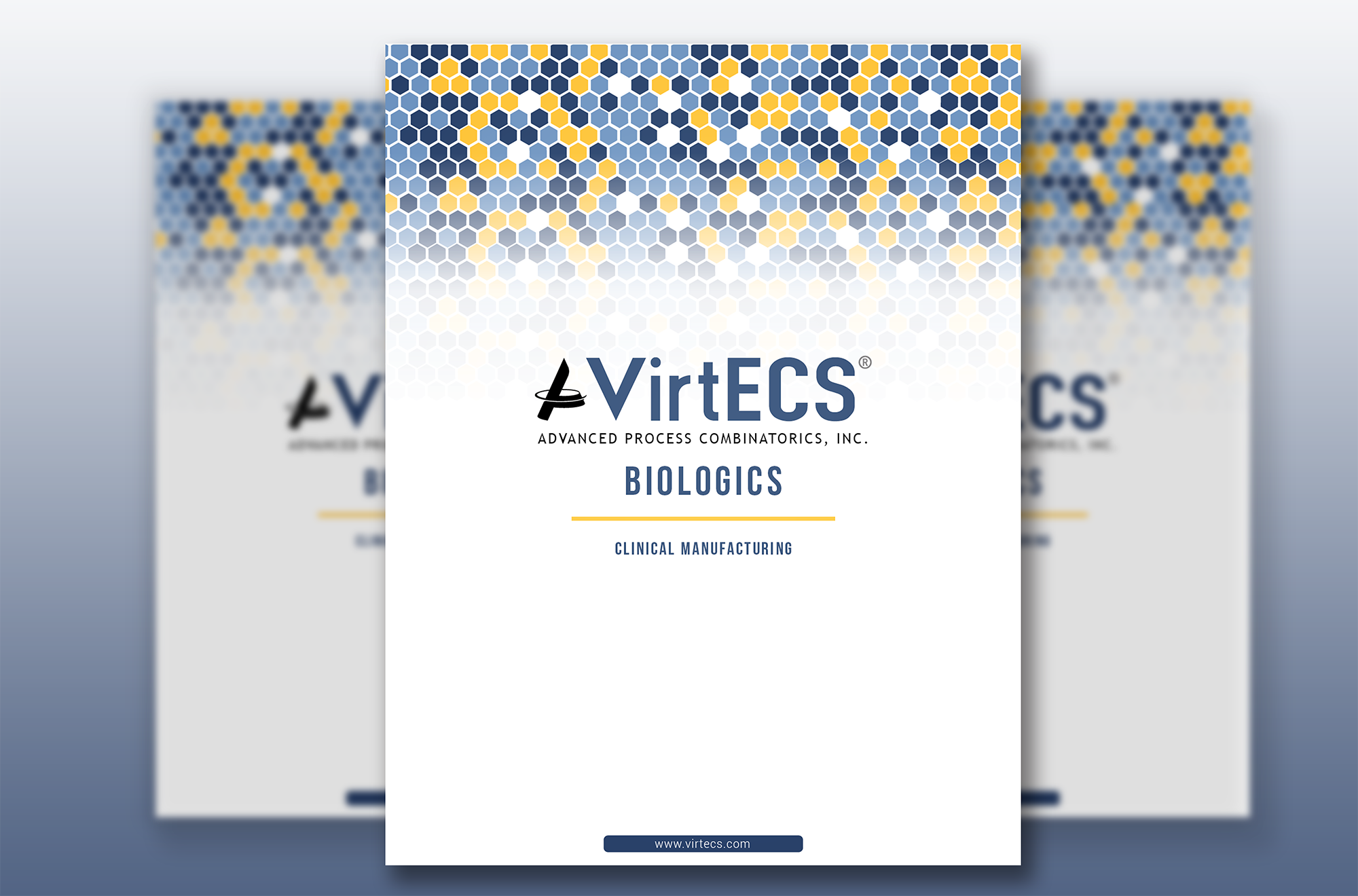The past several years have been a time of accelerated innovation in the biopharmaceutical industry and new drugs are being developed at a rapid rate. According to Deloitte’s 13th Annual Pharmaceutical Innovation Report, the top 20 global pharmaceutical companies spent a combined $139 billion on research & development in 2022.
However, an observation coined “Eroom’s Law” shows a declining efficiency in bringing new drugs to market. The trend, named because it is the inverse of Moore’s Law in microelectronics, shows the cost of developing a new drug has doubled every 9 years. According to a 2016 report published in the Journal of Health Economics, it cost approximately $1 billion to bring 30 new drugs to market in 1950. Today, it costs nearly $3 billion to develop and successfully launch one new drug.
In the following series, we’ll break the life cycle of a new product into two distinct stages: clinical manufacturing and production scale manufacturing. We’ll analyze the critical components of each phase and how a process modeling tool can optimize your facility for success. To begin, let’s look at a new product ready to move from the lab into the manufacturing environment for clinical trials.
Transferring Tech to the Manufacturing Team
One of the most crucial stages in the development of a new drug is the shift from lab-scale to clinical manufacturing. Central to this transition is the tech transfer process. During this phase, all the product information and procedures created by the development team in the lab must be shared with the manufacturing team. This knowledge will be combined with equipment data and production practices to develop a process capable of meeting the supply needs of the upcoming clinical trials.
A significant amount of documentation and knowledge must be organized and transitioned for the transfer to be successful. A process modeling tool or digital twin can be a valuable tool for logging process data and supporting the collaboration between the development and manufacturing teams. A failure at this stage could create a loss of relevant technical knowledge, allowing previously solved problems to reemerge. These setbacks hinder the ability to begin manufacturing the necessary supply of product for clinical trials, delaying one of the most time-consuming parts of a drug’s journey to market.
Unfortunately, industry estimates show these delays are all too common – nearly 85% of all clinical trials experience delays. According to a 2022 report from Statista, the average clinical trial already lasts over 7 years and costs nearly $19 million to complete. Additional delays to the start of a clinical trial program will only compound the problem and jeopardize the journey to recoup the billions invested during development.
Selecting the Optimal Clinical Manufacturing Facility
Once the tech transfer is complete, the manufacturing team should begin a facility fit assessment to ensure the plant can complete the manufacturing process. This might entail evaluating multiple facilities to determine the optimal location. Leadership will look at the availability of all necessary equipment for production and material storage. The site’s current production schedule and overall capacity will also need to be taken into consideration.
Often these assessments can be supported by a digital twin. These virtual models can quickly identify the optimal facility already prepared for the clinical manufacturing needs. If potential gaps or risks present in all facility options, the digital twin can run experiments adding equipment or modifying the plant’s footprint to produce the optimal solution. Since this analysis can be performed in a matter of hours, facility fit evaluations can be completed early in the transition to clinical manufacturing. If these gaps are not discovered until later, they could lead to lengthy design and construction delays.
Mastering Process Design and Qualification
It has been said that clinical trials showcase a new drug’s efficacy, while the clinical manufacturing process determines its ability to succeed in the market. A great deal of scrutiny is placed on the manufacturing process as a new drug seeks approval, and regulators need to be convinced a facility can deliver a consistent product that meets the necessary quality standards. This entails minimizing variations in product batches that could compromise drug quality and risk process failure.
Digital twins become a useful tool during the process design phase because they allow developers an opportunity to test how different components of the manufacturing process will impact product variability and yield. Running these experiments in a digital environment could save an organization a significant amount of time and reduce the amount of costly process qualification runs needed from a test facility. This digital model will lead to a better understanding of the entire manufacturing process and allow for the implementation of stronger control strategies to keep every batch within specifications. A McKinsey analysis in conjunction with the World Economic Forum found that leading biopharma companies who utilized these digital tools saw up to a 50% reduction in deviations, and an 80% reduction in recurring deviations.
Designing for Flexibility
Manufacturing during the clinical stage of product development requires a great deal of flexibility. As data begins to emerge from phase I and phase II trials, formulation issues might be identified, and batches may begin to vary in both composition and size. If a facility is not prepared to adapt to these changes quickly, the entire clinical phase of development could suffer from significant delays and increased costs.
Without access to a digital twin, production decisions are often made that overcompensate for the new demands of the clinical trial and generate excessive waste. This excessive waste could reduce the budget available to expand the trials to new sites, slowing the progression toward drug approval. It could also place increased demands on the equipment within the facility and create cascade disruptions for other products in the plant’s portfolio.
Preparing For Scale-Up
While addressing the demands of clinical development, it is essential keep commercialization in mind. Much of the process design stage requires focus on data collection and regulatory compliance, leaving little room for long-term process optimization. Many facilities will focus on getting clinical studies underway quickly and delay consideration for scale-up needs until late into Phase II trials. They might arrive at a validated manufacturing process which meets the needs of the clinical stage, but it is often overly complex and lacks efficiency.
Faced with an urgent need to scale-up, facilities will often resort to simply stretching the small-scale clinical manufacturing operation to the new commercial scale demands. Many of the components in the process quickly become inefficient with this approach to expansion and increased quality-control issues risk the integrity of your new product. Making changes to the existing manufacturing process can be extremely costly, especially if a comparability bridging study is required to approve the new process.
Developers should utilize a digital twin during the process design phase to plan for long-term commercialization. Allocating time to this planning effort might slow down the early stages of process development, but it could avoid costly inefficiencies and time-consuming setbacks when demands of scale-up production arise later. A virtual model can quickly identify risks for product deviations or production bottlenecks when the existing processes are scaled up. Planners can troubleshoot solutions and identify any necessary capital investments early before they can lead to production delays. Despite the initial investment of time, this step ultimately speeds up a new product’s time to market.
Maximizing Revenue Potential
Digital twins are a critical tool for navigating new products through the clinical development phase towards registration. They also can have significant implications for company revenue. It has been estimated that leading pharma companies can lose up to 80% of revenue when a patent expires. EY reports over the next 5 years, an astounding $356 billion in worldwide sales are at risk from patent expiration. Utilizing powerful modeling tools like VirtECS to identify avoidable setbacks in the early stages of product and process development can add up to millions, or billions, of dollars in additional revenue when the clock is ticking.
If you’re interested in learning more about how VirtECS can improve your new product development process, download our short overview guide and check back for part two of this series next month.









